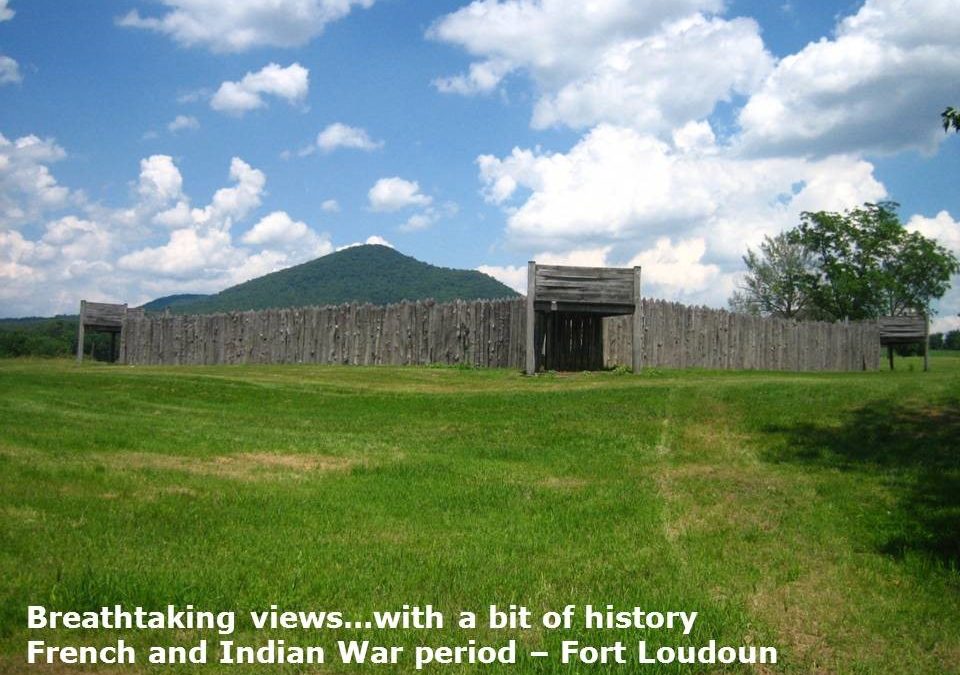by Janet Pollard | Nov 2, 2021 | Blog
On November 13th, visit Fort Loudoun and time travel to 1765 to witness the clash between civilians and soldiers, that happened here, 10 years before the American Revolution. Immerse yourself in history by choosing sides! Do you side with Justice William Smith and his...

by Janet Pollard | Apr 9, 2018 | History
James Smith, who was born in Mercersburg, another frontier settlement in Franklin County, was captured in 1755, at age eighteen, as he was building the Braddock Road. Smith was taken captive by Caughnawaga Indians and was adopted by the tribe to replace a fallen...


